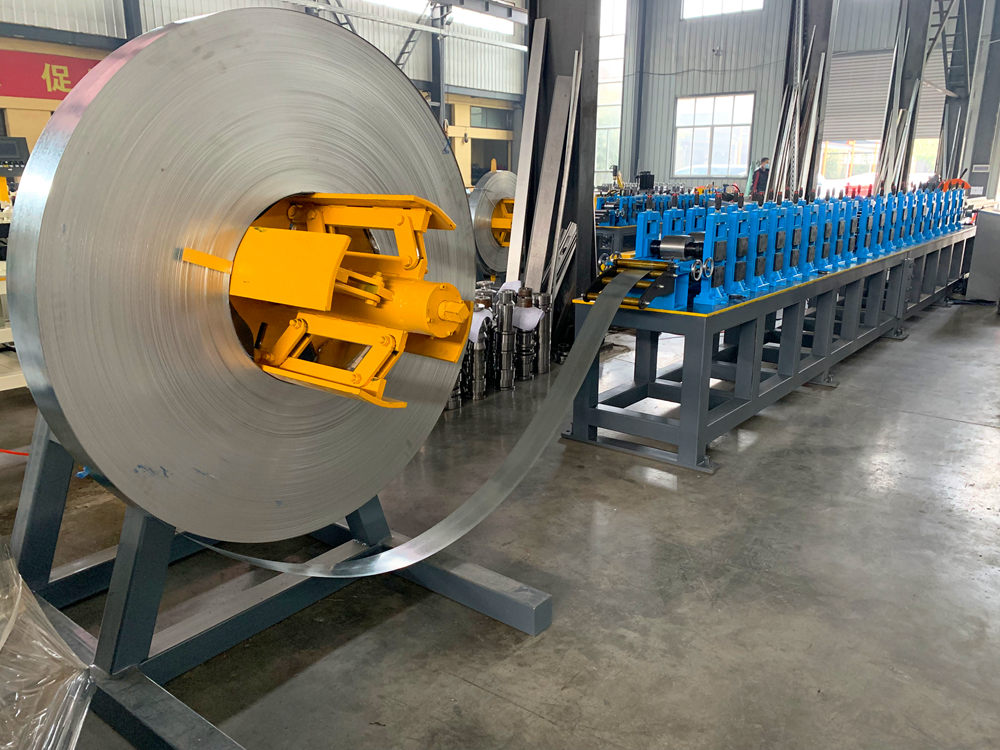
The Role of Purlins in Solar Panel Construction
As the world shifts towards renewable energy solutions, solar panels have emerged as a leading technology for harnessing energy from the sun. The effectiveness and longevity of solar panel installations heavily depend on their structural integrity, and this is where purlins come into play. Purlins serve as a crucial component in the construction of solar panel systems, offering support and ensuring stability across various installations.
What Are Purlins?
Purlins are horizontal members that provide support to the roof or other structures, typically made from steel or aluminum. In the context of solar panel construction, purlins are utilized to support the mounting systems that hold solar panels in place. Their primary function is to distribute the load of the solar panels evenly across the supporting framework, thus minimizing stress on individual components and promoting a stable installation.
Importance of Purlins in Solar Panel Systems
1. Load Distribution One of the critical roles of purlins is the distribution of load. Solar panels can be heavy, especially when multiple units are installed in a row. Purlins ensure that this weight is evenly distributed to the supporting structural elements, helping to prevent sagging and structural failure over time.
2. Stability Against Environmental Forces Solar panel installations must withstand a variety of environmental forces, including wind, snow, and seismic activity. Purlins contribute to the overall structural integrity of the installation, providing additional stability necessary to resist these forces. By securing the panels firmly, purlins help prevent potential damage during extreme weather conditions.

3. Ease of Installation Purlins simplify the installation process of solar panels. They create a grid-like framework that installers can follow, allowing for quicker and easier mounting. Utilizing purlins can significantly reduce labor time and improve efficiency on the job site, leading to cost savings.
4. Versatility Purlins can be adapted to various roofing types and solar panel configurations. Whether the installation is on a flat roof, pitched roof, or ground-mounted system, purlins can be designed to meet specific requirements. This versatility makes them an ideal choice for diverse solar projects.
5. Durability and Longevity Made from robust materials such as galvanized steel or coated aluminum, purlins are built to withstand harsh environmental conditions. Their durability ensures that they will support solar panels effectively over their lifespan, which can range from 25 years to several decades.
Conclusion
In the realm of solar panel construction, purlins are an essential component that should not be overlooked. Their ability to provide load distribution, stability against environmental forces, ease of installation, versatility, and durability makes them crucial for successful solar installations. As the demand for solar energy continues to grow, so does the importance of understanding the architectural and structural components that contribute to these systems.
When planning a solar installation, it is vital to collaborate with qualified engineers and construction professionals who can ensure that purlins and other support systems are adequately designed and implemented. By prioritizing the structural integrity of solar panel systems, we can foster a more sustainable future through reliable and efficient renewable energy solutions. Whether residential or commercial, the proper use of purlins will ultimately enhance the performance and longevity of solar panel arrays, paving the way for a cleaner energy landscape.